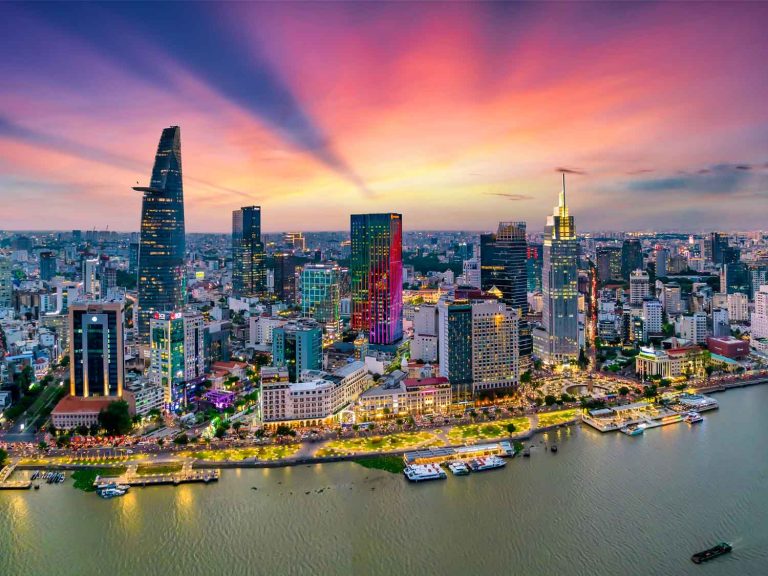
Date:
Tighter Transshipment Rules Put Southeast Asia’s Supply Chains Under the Spotlight
The latest US trade agreements have introduced tougher measures targeting the rerouting of Chinese goods, reflecting heightened scrutiny on supply chain flows through Southeast Asia.
While these rules are designed to curb “origin washing” — the mislabelling of goods to disguise their true country of origin — the underlying reality is more complex, with genuine production shifts also reshaping regional trade.
Much of the recent manufacturing growth in Southeast Asia countries including Vietnam and Indonesia stems from legitimate relocation of production, rather than disguised transshipment. Chinese manufacturers, facing steep US tariffs since President Trump’s first term, have increasingly invested in factories across Southeast Asia, seeking competitive labour costs and tariff advantages. This process has enabled these host countries to increase domestic value‑added in exports while reducing reliance on Chinese‑sourced inputs.
In Vietnam, for example, the domestic share of value in strategic exports to the US has risen steadily, driven by sustained foreign investment and capacity building. This mirrors China’s own transformation after joining the WTO, when its foreign content in exports fell significantly over time as local supply chains matured.
The New US Approach to Transshipment
In their recent trade deal President Donald Trump announced a 20% tariff on Vietnam’s exports, but 40% on any “transshipping” of production elsewhere. In the agreement with Jakarta, if there is any rerouting of output from a higher-tariff country, then the evaded duty will be added to the 19% rate for Indonesia.
This aims to prevent goods subject to heavy US duties from entering the market via a lower‑tariff partner after minimal additional work. In practice, enforcement involves tighter certification regimes, closer customs inspections, and stricter rules of origin documentation.
While legitimate outsourcing is allowed under WTO rules, the US measures blur the line between blocking illegal rerouting and discouraging lawful production relocation. This creates uncertainty for businesses investing in diversified regional supply chains.
Implications for Supply Chain Strategy
The new measures could:
- Increase compliance costs – Exporters must strengthen origin verification, certification, and documentation to avoid tariff penalties.
- Slow diversification plans – Firms considering shifting production from China to Southeast Asia may reassess timelines and risk exposure.
- Disrupt regional supply chains – Interconnected production networks risk being treated as transshipment hubs, even when substantial value is added locally.
For Southeast Asian economies, the challenge lies in demonstrating clear value addition and avoiding the perception of serving as simple conduits for Chinese goods.
If these rules are applied broadly, they could reshape the regional manufacturing landscape. Instead of encouraging investment in new production capacity, the measures may discourage multinational manufacturers from fully committing to Southeast Asia for fear of tariff exposure.
For supply chain planners, this environment demands careful mapping of production footprints, investment in compliance infrastructure, and contingency planning for potential trade disruptions.
Whether you’re already shipping from Southeast Asia, exploring new sourcing options, or committed to shifting production, Metro has the tools and expertise to optimise your supply chain from the region. Our MVT platform delivers vendor management and end‑to‑end visibility, making it easier to manage new supply sources and control inbound inventory.
EMAIL Managing Director, Andrew Smith, today to review your shoring strategy and build a more sustainable, resilient supply chain.
